Measuring Tips
How to measure ingredients properly. Good measuring techniques is one of the most important cooking skills for successful cooking and baking.

This website is brought to you without annoying ads because we can better live healthier lives without the influence of marketing. But running a high-traffic site is expensive. How can you help? If you purchase anything through the affiliate links on my site, your cost is the same, but I receive a small commission. Thank you!
A friend and I were making bread together – I was making a loaf for my family and she was making a loaf for her family. We were working side-by-side using the same ingredients, but when her bread was ready to put into the pan, it was obvious that something went wrong. After much deliberation and double checking the recipe, we finally determined that she had been measuring incorrectly and this had thrown the recipe completely off.
Measuring correctly can mean the difference between recipe success and a recipe disaster. Here are a few tips to help ensure your success in the kitchen.
The Right Tool for the Job
Be sure to use proper measuring utensils to measure ingredients correctly. Use measuring utensils designed for measuring ingredients, not sugar spoons or kitchen scoops. Using the wrong tool may result in inaccurate ingredient amounts.
To Measure Dry ingredients
To measure dry ingredients, use graduated (nested) individual measuring cups.
La Sure Table is a high-quality, ultra-accurate brand, and their cups are all one piece which makes for easy cleaning.
Avoid the cheap measuring cups that may not have accurate measures. La Sur, All-Clad, and Hudson are known for their accuracy. (Although Hudson brand is uncomfortable to use and feels a little flimsy.) Other brands and no-name brands may not be very accurate.
Also be sure to get a set that includes a 1/8, a 1/3 cup, and a 2/3 cup measure (in addition to the standard 1/4, 1/2, 3/4, and 1-cup).
To Measure Liquid ingredients
To measure liquid ingredients, use a glass measuring cup. Pyrex makes high-quality, accurate, glass measuring cups.
Teaspoons and tablespoons
Use measuring spoons specifically designed for measuring cooking ingredients. Do not use eating spoons, sugar spoons, servings spoons, etc. for measuring.
Le Creuset makes a very fine set of measuring spoons. They’re durable, easy to clean, and accurate. I also like these measuring spoons because they can fit into small containers like a spice jar.
How to Measure Dry Ingredients
To measure dry, NON-powdery ingredients, such as rolled oats or breadcrumbs, pour or scoop the ingredient into the measuring cup and level off with the back of a knife.
To measure flour or other dry, powdery ingredients properly, use a spoon to scoop the ingredient into the exact size measuring cup. Do not shake or tap the measuring cup on the countertop as this will compact the ingredient and affect the final measurement. Keep scooping the ingredients until the measuring cup is overflowing. Using the back of a knife, level off the ingredient until it is even with the top of the cup.
How to Measure Liquid Ingredients
To measure liquid ingredients properly, use a glass measuring cup with graduated markings on the side. Place the cup on a level surface and pour the liquid into the cup. Bend down and view the measuring line at eye level to check to make sure you have the exact amount.
How to Measure Soft Ingredients
To measure ingredients like honey, nut butter, or applesauce, use measuring cups intended for dry ingredients as these ingredients are not fluid enough to be measured in a glass measuring cup intended for liquids.
When measuring a sticky food like honey, coating the inside of the measuring cup with oil will help the honey slide out of the measuring cup easier.
Special Instructions for Measuring
Some recipes call for special steps to ensure that the correct amount of an ingredient is used. For example, a recipe may call for 1 teaspoon of salt, scant. What does this mean? Check out the list of special instruction terms below.
Pinch
A pinch is a measurement equal to approximately 1/16th of a teaspoon.
Scant
A scant measurement is slightly less than the actual measure. For example, a scant 1/2 teaspoon is slightly less than a 1/2 teaspoon but significantly more than 1/4 of a teaspoon.
Even/Level
Level or even means that the ingredient is placed (somewhat heaped) in the exact measuring utensil needed and then scraped straight across the top edge of the utensil with the back of a knife or other straight tool to remove any of the ingredient that is above the top edge of the utensil.
Rounded/Generous
When an ingredient is rounded in a utensil, it is not leveled, but instead rounded on top. Rounded is slightly less than heaped and slightly more than leveled.
This measurement is not very precise.
Heaping/Heaped
Heaped means that as much as possible of the ingredient is placed into the measuring utensil and then piled above the top edge of the utensil. Heaped is slightly more than rounded.
This measurement is not very precise.
Lightly Packed
When a recipe calls for an ingredient to be lightly packed, it should be lightly pressed into the measuring utensil.
This term is often used for leafy ingredients such as chopped kale or parsley.
Firmly Packed
When a recipe calls for an ingredient to be firmly packed, it should be tightly pressed into the measuring utensil to fit as much of the ingredient as possible in the utensil but still not be above the top edge of the utensil.
The Comma (or Dash)
Some ingredients in a recipe are followed by a comma (or dash) and then a preparation method (such as chopped, sliced, or ground). It’s important to take note of that comma (or dash).
Any preparation instructions given after the comma (or dash) means that it should be done after the ingredient is measured.
For example, my Oil-Free Pumpkin Seed Pesto recipe calls for, “1/2 cup raw pumpkin seeds – soaked”, this means that you should first measure 1/2 cup of raw pumpkins seeds and then soak them.
On the other hand, if a recipe calls for, “1/2 cup of soaked pumpkin seeds”, this means that you should soak some pumpkin seeds and then measure out 1/2 cup already-soaked pumpkin seeds. The absence of a comma (or dash) means the preparation method should happen before the ingredient is measured.
This is important because some ingredients change in volume depending on their form. Measuring 1/2 cup of pumpkin seeds and then soaking them will yield a lot more than 1/2 cup of seeds.
Likewise, measuring 1 cup of almonds and then grinding them will yield about 1 1/8 cup ground almonds, but 1 cup of ground almonds equals about 7/8 cup of whole almonds. So, if the recipe calls for 1 cup of almonds, ground (or 1 cup almonds – ground) but you grind the almonds first and then measured them, you would use less than the recipe calls for. And this may throw the recipe off.
Measure Ingredients Properly
One of the most important keys to successful cooking and baking is to be able to follow a recipe correctly, and one of the key to being able to follow a recipe is to measure ingredients properly.
Learning to measure ingredients properly will help you be more efficient in the kitchen and ensure your dishes come out delicious. 🙂
You my also like:
Before you go . . .
Did you know that you can eat all this delicious food AND lose weight? You can!
No calorie counting. No portion sizes.
Join my online weight loss program today!

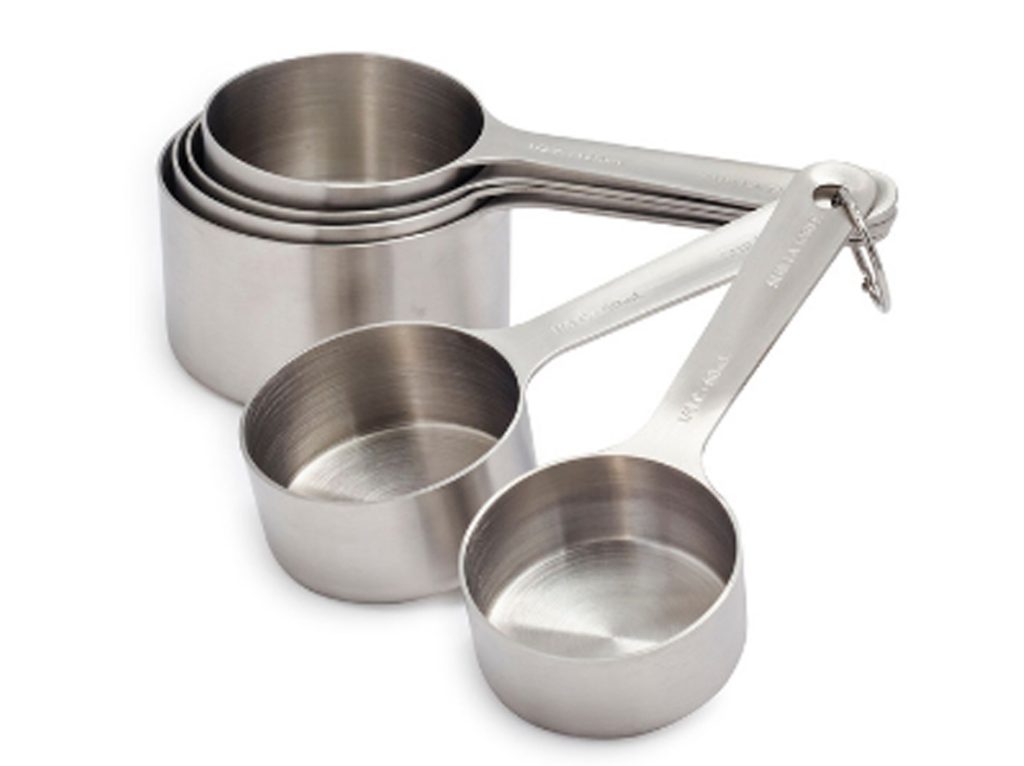
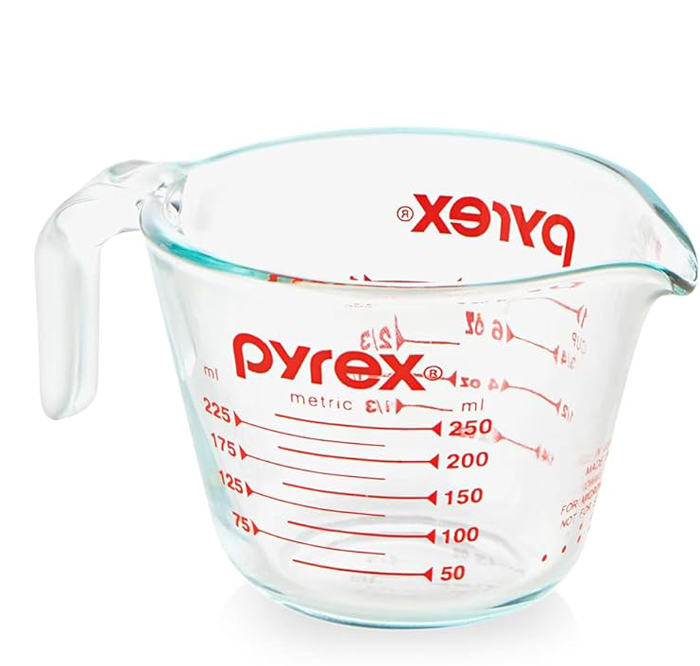
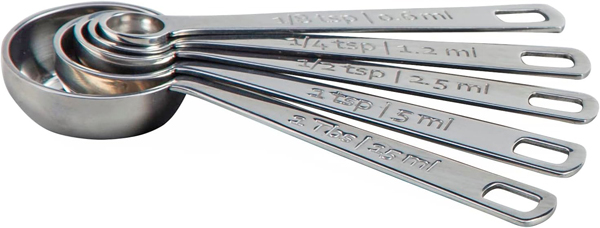
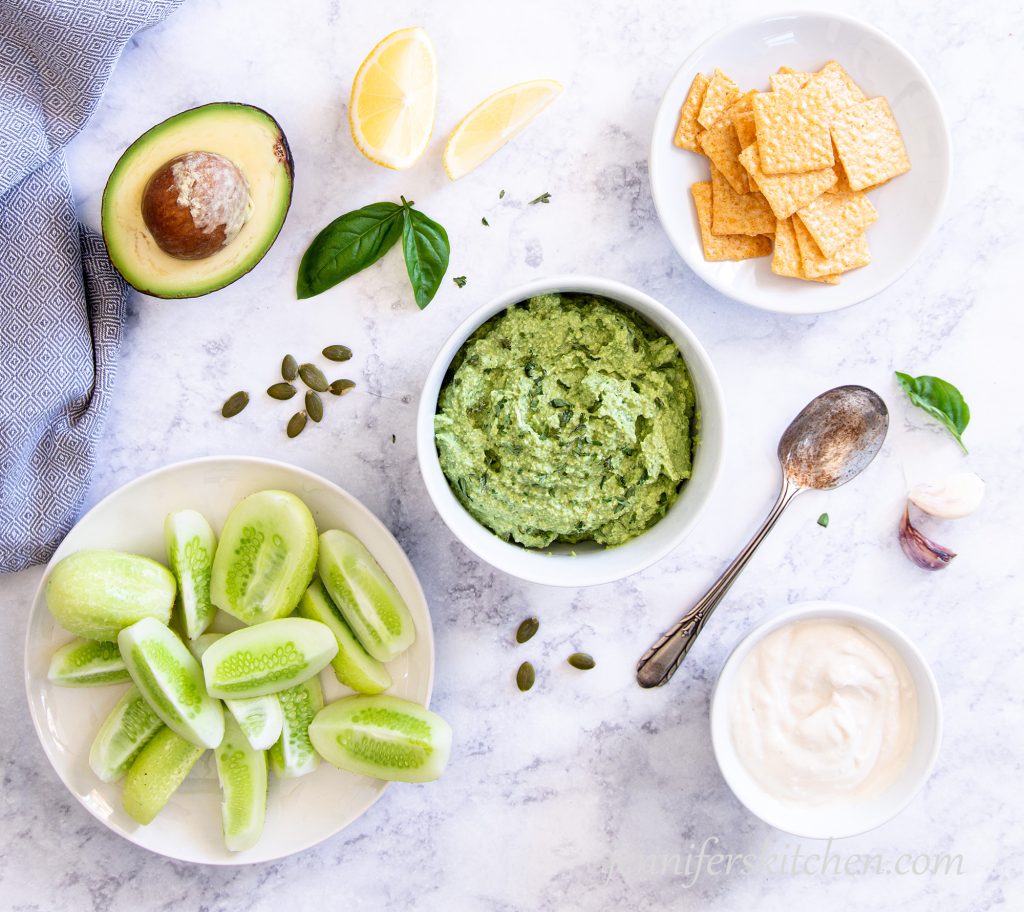
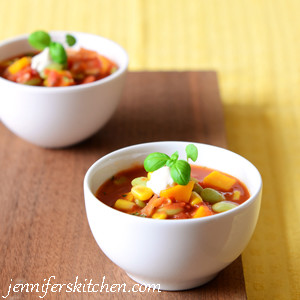
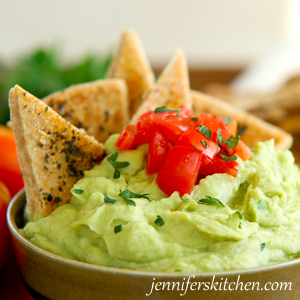
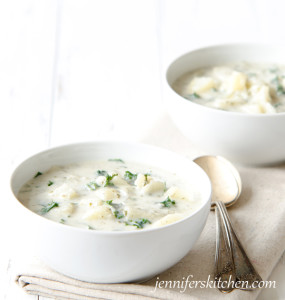
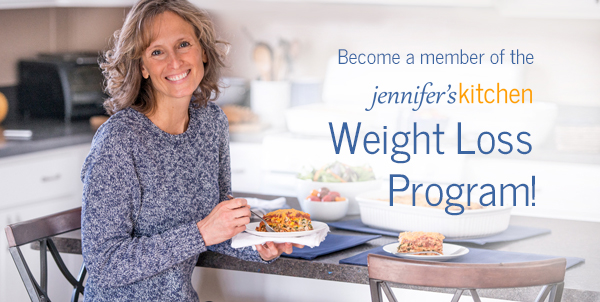
Please consider leaving a star rating and a comment. This helps others discover my recipes. Thank you! 🙂
One Comment